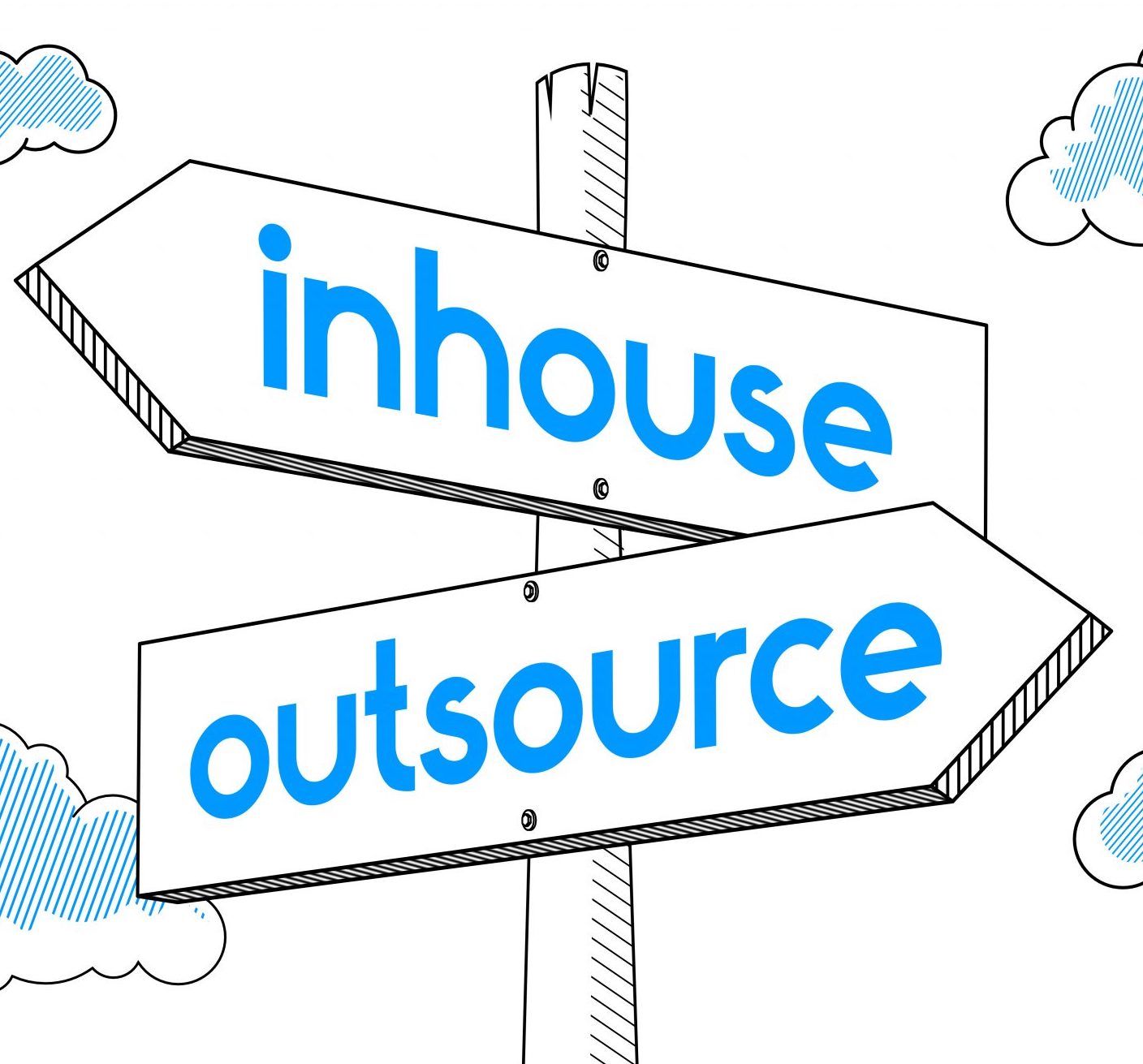Introduction
Outbound prospecting in business-to-business (B2B) sales refers to the process of actively reaching out to potential customers to promote a product or service. This typically involves initiating contact with prospects through various channels, such as phone calls, emails, or direct mail.
Outbound prospecting is often used as a way to find new leads and generate sales for a business. It can be a time-consuming process, as it involves researching potential customers and crafting personalized outreach efforts. However, it can also be an effective way to reach out to prospects who may not be aware of a company’s products or services.

Outbound Challenges in B2B
As mentioned above, outbound prospecting can be time-consuming and tedious. These are just a few of the challenges outbound poses to companies. When using outbound sales techniques in a B2B context, companies will face difficulties:
- Finding qualified leads: Identifying potential customers who are likely to be interested in a product or service and have the budget to make a purchase can be a challenge.
- Getting through to decision-makers: Many companies have gatekeepers (such as receptionists or administrative assistants) who screen calls and emails from salespeople. It can be difficult to get through to the decision-makers who have the authority to make purchasing decisions.
- Keeping up with competition: Outbound sales techniques may involve reaching out to potential customers who are also being contacted by other companies. It can be challenging to stand out and differentiate a company’s products or services from those of its competitors.
- Dealing with rejections and objections: Outbound sales efforts can be met with rejections and or objections from potential customers, which can be difficult for salespeople to handle.
- Of time and resource constraints: Outbound sales efforts can be time-consuming and resource-intensive, requiring salespeople to make a large volume of calls and send numerous emails in order to generate leads and close sales.
To overcome these challenges, companies may need to adopt effective strategies for finding qualified leads, developing personalized and compelling outreach efforts, and handling objections and rejections effectively. They may also need to allocate sufficient time and resources to outbound sales efforts in order to be successful.
However, not every company will find itself in a position to do all of these things internally. These companies will look to outsource their outbound prospecting.
Why Outsource your Outbound?
As discussed, outbound prospecting requires a huge investment of both time and resources. For many, this is not a realistic investment. These are the top 5 reasons a B2B company might chose to outsource their outbound function:

- Lack of internal resources: A company may not have the time or personnel to devote to outbound prospecting efforts, making outsourcing an attractive option.
- Expertise: A third-party provider may have specialized expertise and experience in outbound prospecting, making them better equipped to identify and connect with potential customers.
- Cost savings: Outsourcing outbound prospecting can be more cost-effective than hiring and training in-house staff to handle these efforts.
- Flexibility: A company may choose to outsource outbound prospecting on a temporary or project-by-project basis, allowing them to scale up or down their efforts as needed.
- Focus on core competencies: Outsourcing outbound prospecting can allow a company to focus on its core competencies and areas of expertise, rather than devoting resources to activities that may not be its area of expertise.
Overall, outsourcing outbound prospecting can be a useful option for companies looking to generate leads and close sales, but may not have the resources or expertise to do so internally.
Who do you need to Outsource?
While it may be obvious to B2B leaders that they need to consider outsourcing their outbound prospecting, they may not know where to start. Outbound prospecting typically involves a variety of people, including:

- Sales development representatives (SDRs): SDRs are responsible for reaching out to potential customers to generate leads and set up sales appointments. They typically use a combination of phone calls, emails, and other outreach methods to connect with prospects.
- Account executives: Account executives are responsible for managing relationships with current customers and identifying new business opportunities. They may use outbound prospecting techniques to identify and pursue potential customers.
- Marketing professionals: Marketing professionals may use outbound prospecting techniques, such as email marketing and direct mail, to promote a product or service to potential customers.
The specific roles and responsibilities of outbound prospecting professionals will depend on the needs and goals of a company. Some companies may have dedicated outbound prospecting teams, while others may have sales or marketing professionals who also handle outbound prospecting as part of their broader responsibilities.
When looking to outsource your outbound, you’ll need to understand the existing roles in your company and what positions would be complementary to your efforts to achieve a highly effective outbound function.
Outsourcing Best Practices
As with all business decisions, there are a few best practices you will need to follow when entering into an outsourcing agreement:
- Clearly define the scope of work: It’s important to clearly define the specific tasks and responsibilities that the third-party provider will be responsible for. This can help to ensure that both parties have a clear understanding of what is expected and avoid misunderstandings or miscommunications.
- Set clear goals and metrics: It’s important to set clear goals and metrics for the outsourced prospecting efforts, such as the number of leads generated or the percentage of qualified leads. This can help to ensure that the third-party provider is meeting the company’s expectations and allow for adjustments to be made if necessary.
- Communicate effectively: Regular communication with the third-party provider can help to ensure that the outsourced prospecting efforts are on track and aligned with the company’s goals. It can also help to identify and address any issues that may arise.

- Establish a clear process for reporting and tracking progress: Establishing a clear process for reporting and tracking progress can help to ensure that the company has visibility into the outsourced prospecting efforts and can measure their effectiveness.
- Review and evaluate the results: It’s important to regularly review and evaluate the results of the outsourced prospecting efforts to determine their effectiveness and identify areas for improvement.
Outsourcing Misconceptions
Let’s face it, outsourcing gets a bad rep. At Alleyoop, we’ve been in the business of providing sales development solutions to companies for over a decade. Our Chief Business Office, Gabriel Lullo joins us to debunk some of the most common outsourcing misconceptions.
Conclusion
Outbound prospecting is key to winning in today’s B2B landscape. That does not mean, however, that all outbound prospecting needs to be done in-house. Working with an established and trustworthy third-party provider for your outbound function can have a profound impact on your company.
Learn more about how Alleyoop can help your company hit your outbound goals with one of our Plug & Play Sales Development Programs.
Book a meeting with us, today.

Becca Fields-Poniskaitis
Head of Marketing
Becca is using her varied marketing experience and breadth of skills to build and develop a world-class, in-house marketing team here at Alleyoop.

